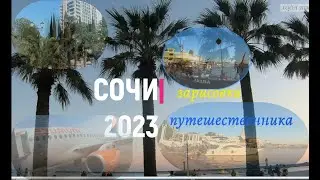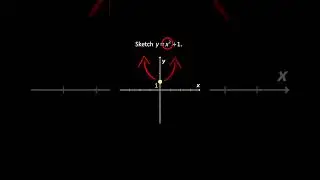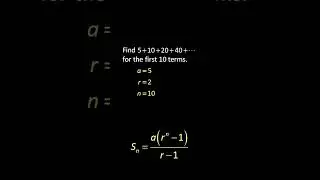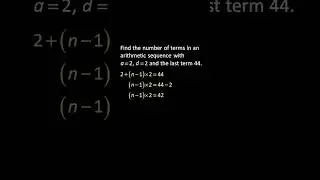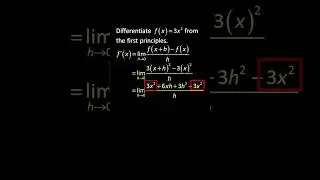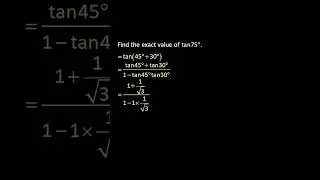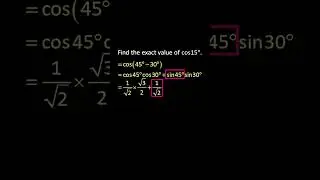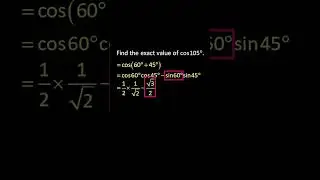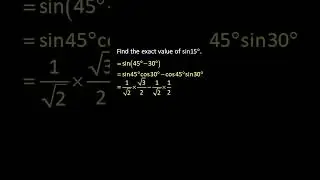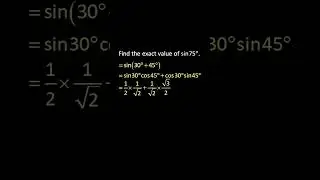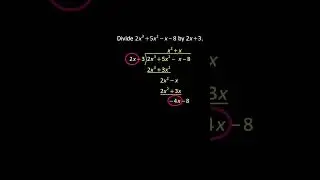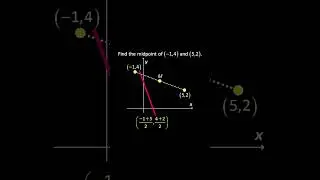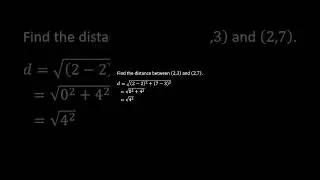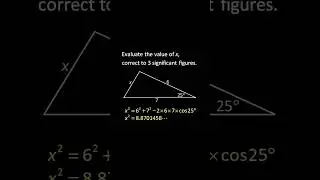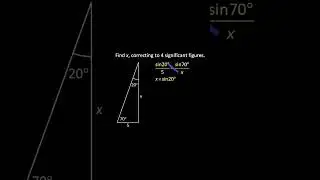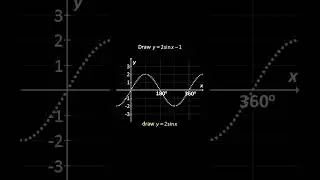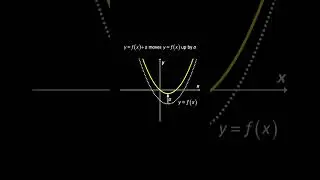💯 An Ultimate Guide to Simple Language Techniques. Watch this video!
📌 Receive Comprehensive Mathematics Practice Papers Weekly for FREE
Click this link to get: ▶️▶️▶️ https://iitutor.com/email-list/ ◀️◀️◀️
PLEASE WATCH THIS PLAYLIST INSTEAD: • 💯 Simple Language Techniques #1/3 All...
THIS VIDEO HAS BEEN OBSOLETE AND REPLACED BY THE FOLLOWING NEW VIDEOS:
√ Simple Language Techniques - Part 1/3 Alliteration, Assonance and Hyperbole • 💯 Simple Language Techniques #1/3 All...
√ Simple Language Techniques - Part 2/3 Tone, Mood and Imagery • √ The Simple Language Techniques: Ton...
√ Simple Language Techniques - Part 3/3 Repetition, Rhyme and Onomatopoeia • 💯 Simple Language Techniques #3/3 Rep...
e.g The author adopts a sombre tone to represent her loss. The film uses colour and music to create a positive mood. Imagery refers to adjectives, images or descriptions chosen by an author to represent an idea or event. e.g. Author uses imagery such as crooked trees and sneering gargoyles to represent the house as ‘haunted’. Repetition refers to an idea or feature being used more than once. Rhyme refers to how sounds are repeated in words. e.g. The author repeats the cat to show her childhood. She uses an ABAB rhyming pattern to quicken the reader’s pace. Onomatopoeia refers to how words can be used to represent sounds or noises themselves. e.g. ‘Boom’, ‘Crash’, ‘Roar’. The muttering became a roar and like the crack of thunder they cheered. Summary: It is essential to be able to identify techniques to succeed in your English studies. In preparation for any exam, ensure you know how to identify and name each technique.
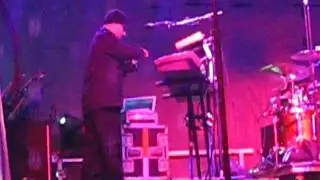


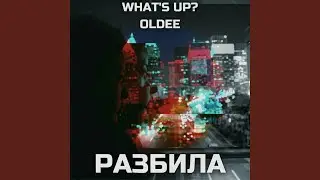
![mafia??? [gta in desc]](https://images.mixrolikus.cc/video/-YRyqGv_Bfs)


